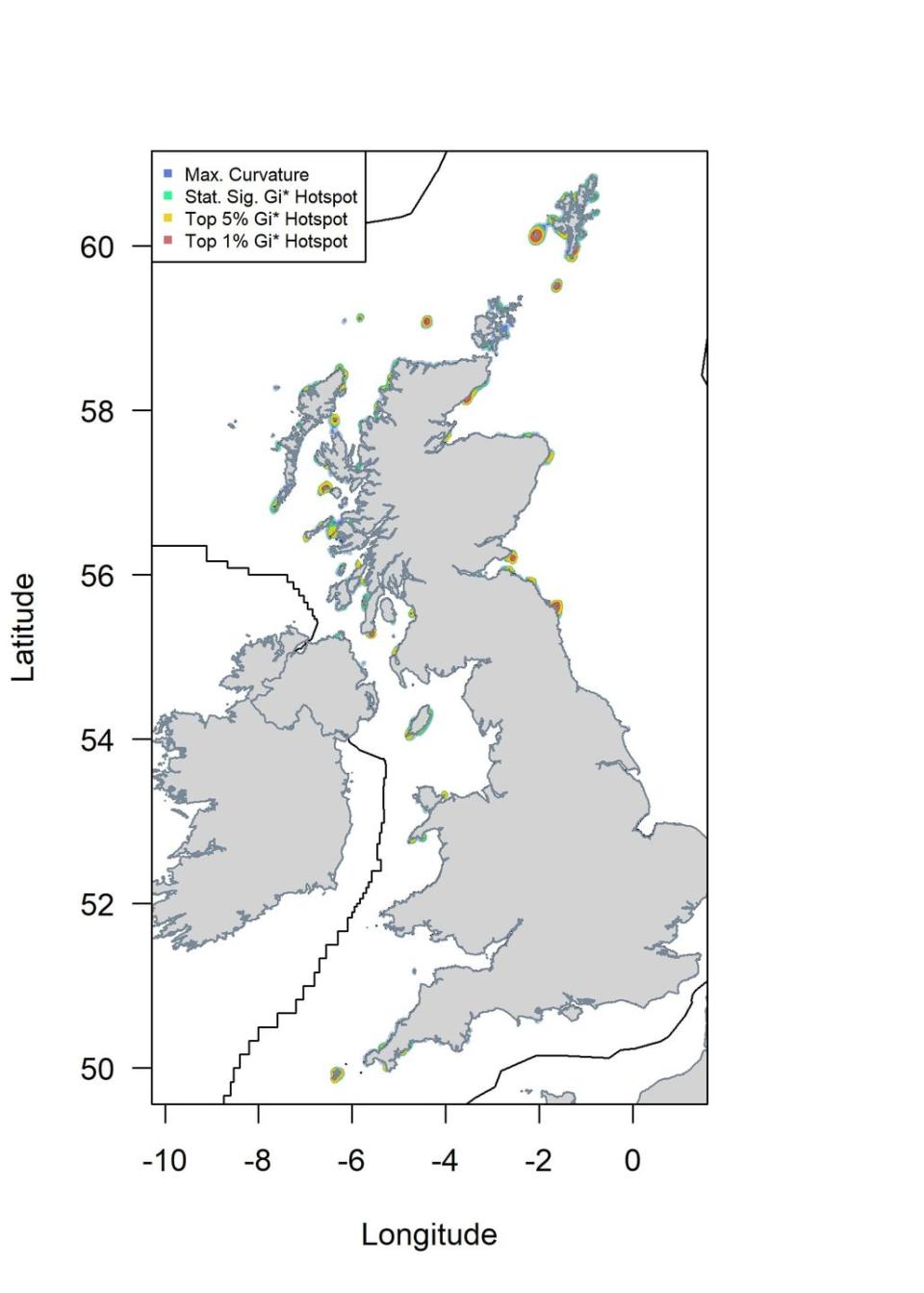This new map reveals the hotspots of endangered seabirds during breeding season

Spotting and helping endangered species of seabirds has never been easier, thanks to a new map launched by the RSPB.
For the first time ever, the conservation charity has produced a map highlighting the location of marine hotspots for some of our most threatened seabirds, based on tracking data.
A five-year project tracked the movement of seabirds including kittiwakes, guillemots, razorbills and shags, from colonies around the UK during breeding season. Now, using their data, the team have created a map to help Brits also spot the different types of seabirds.

The maps revealed that for kittiwakes, guillemots and razorbills, the Scottish coast was a particularly important place for them to seek refuge. For shags, however, the map found that the hotspots were smaller, with the species found around inshore coastal waters centred on the locations of their breeding colonies.

These four beautiful seabirds can be found in areas around Scotland, but have sadly been under threat because of climate change. As a response to this, the RSPB want to highlight the importance of helping to save the four species.
"The sight and sound of hundreds of thousands of seabirds flocking to our shores is an amazing natural spectacle and something that we must help protect for future generations to enjoy," Dr Ian Cleasby, lead author of the research said.
"The results from this research provides better evidence that allows us to identify important areas of sea that should be part of protected areas and help to improve how we plan for development at sea to reduce conflicts between the needs of our seabirds and human activities at sea."

Charles Nathan, RSPB Scotland Head of Planning and Development also commented, saying: "This research can help to direct development to areas where the risks to nature are lowest and focus conservation efforts to where they can best boost the recovery and resilience of our seabirds."

Like this article? Sign up to our newsletter to get more articles like this delivered straight to your inbox.
You Might Also Like


